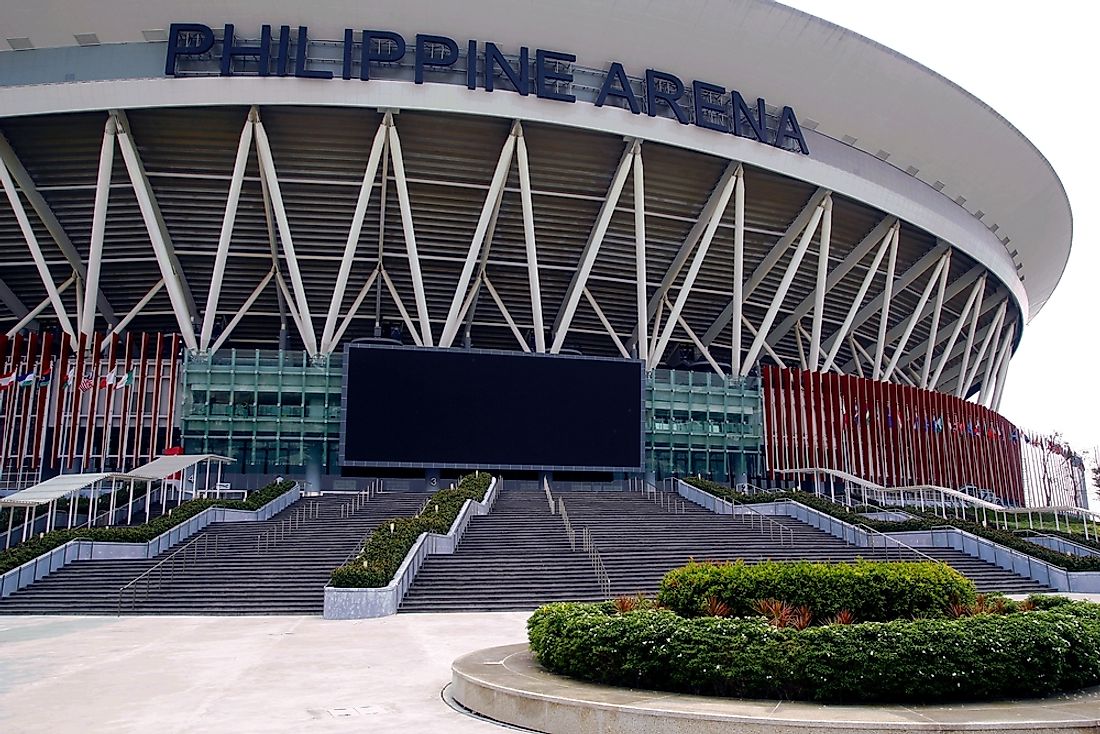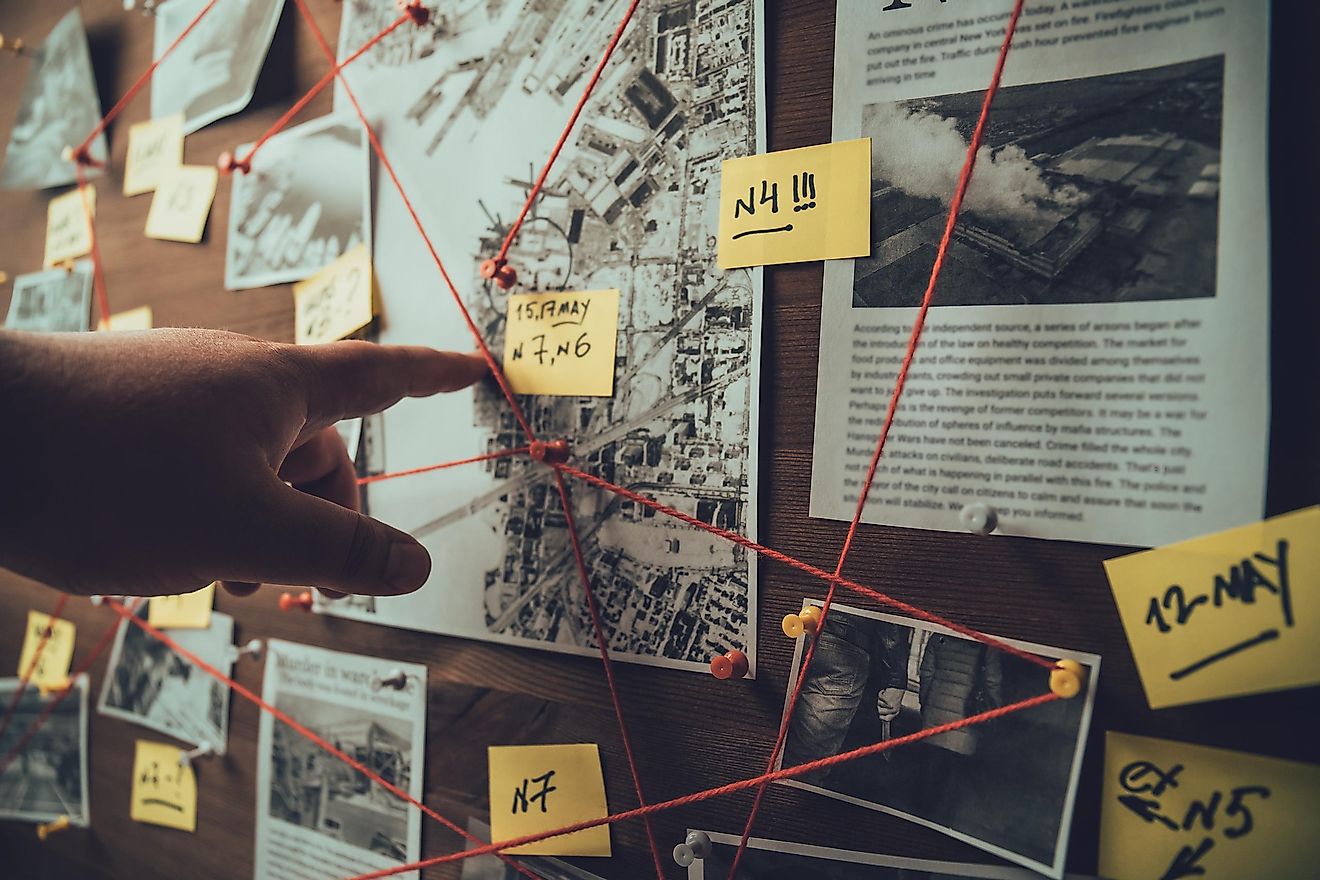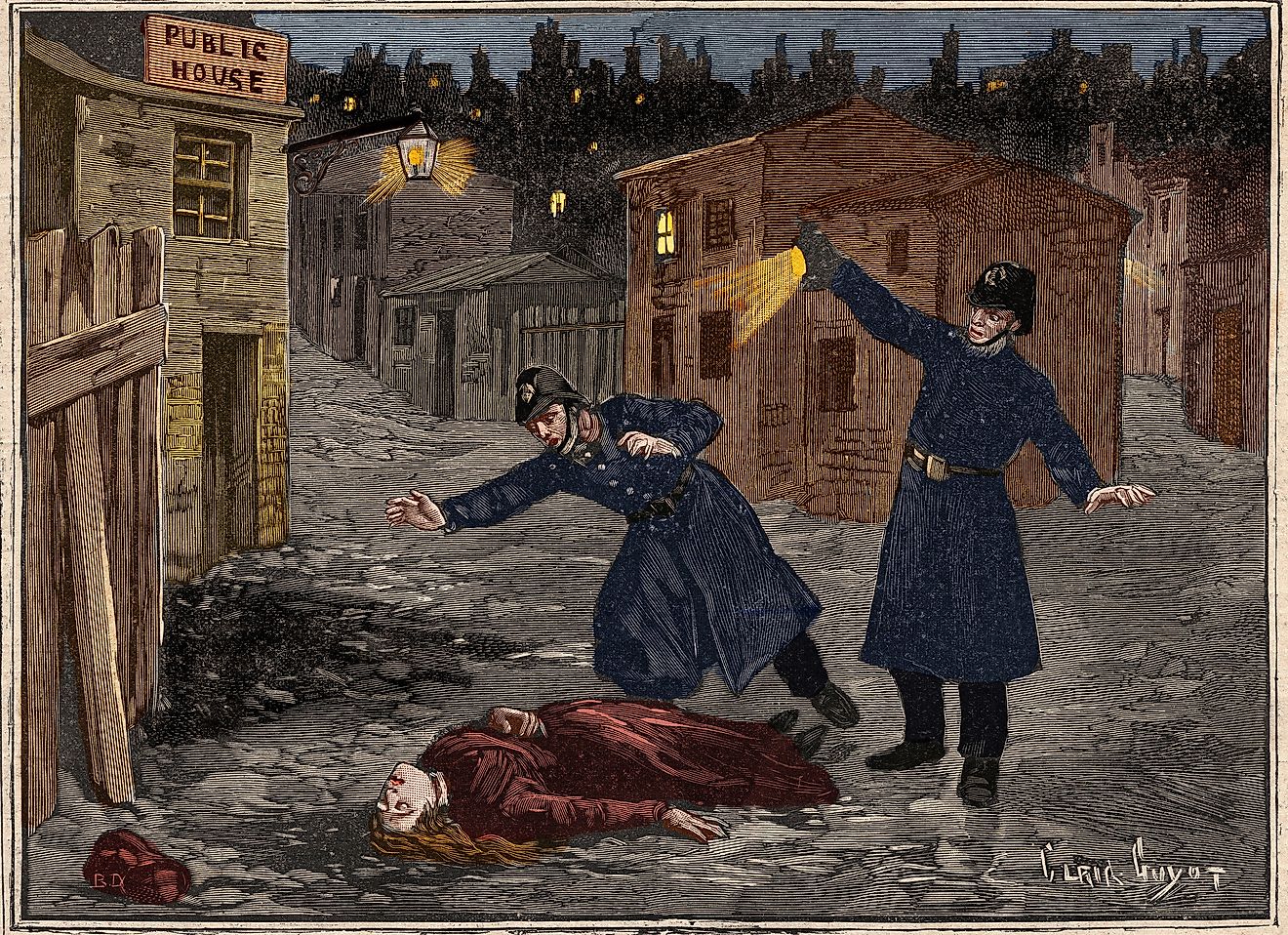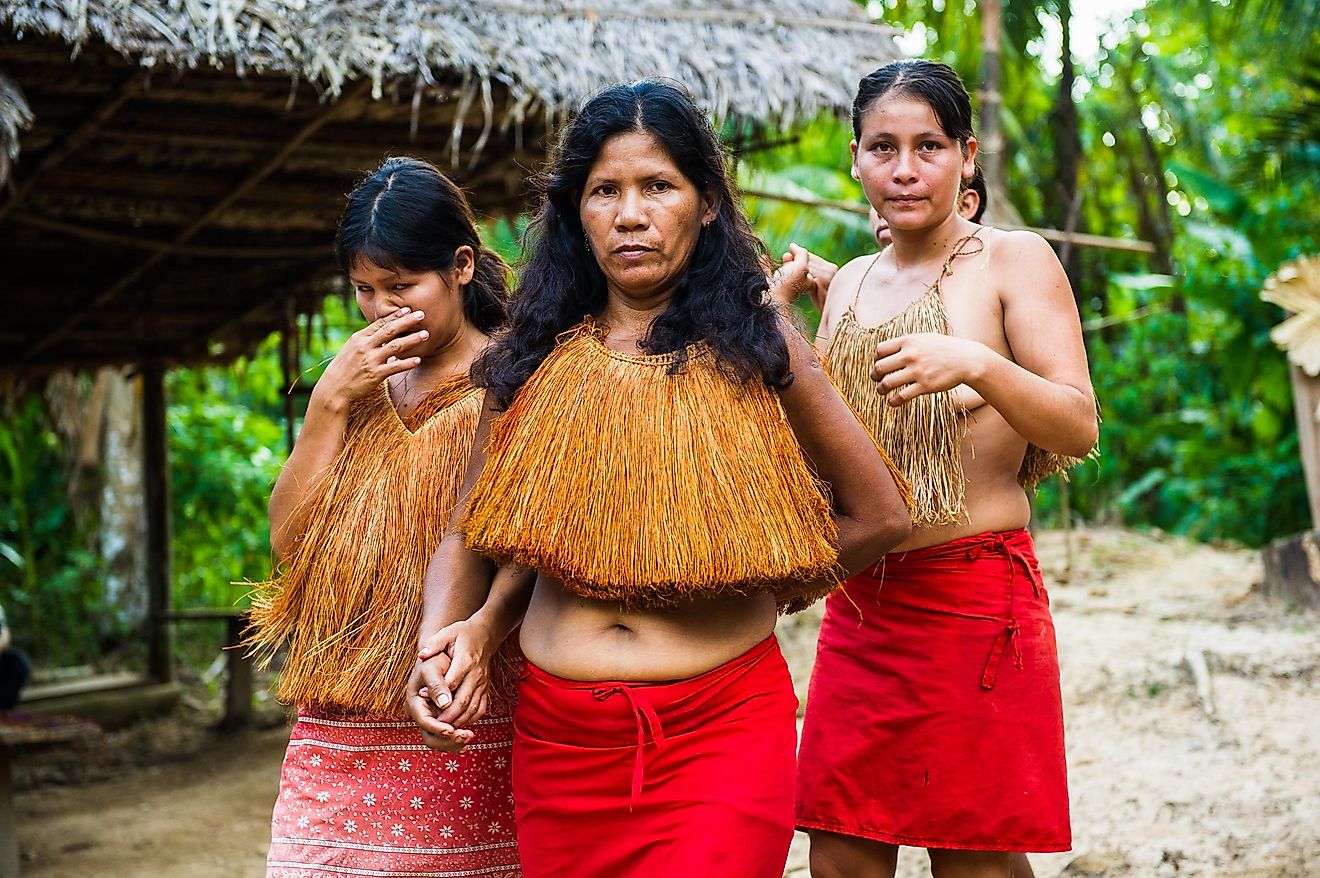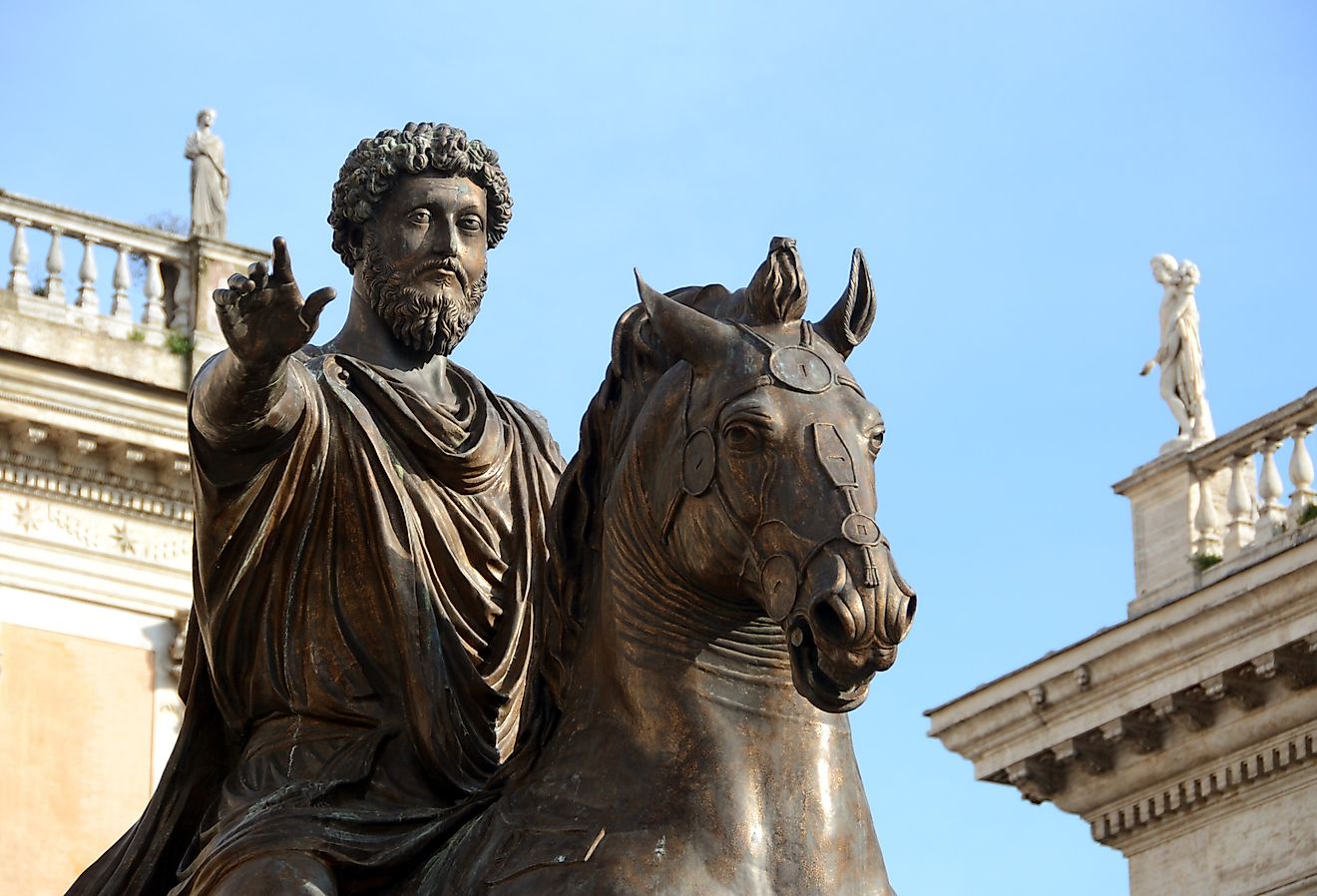Vietnamese Folk Religion Beliefs
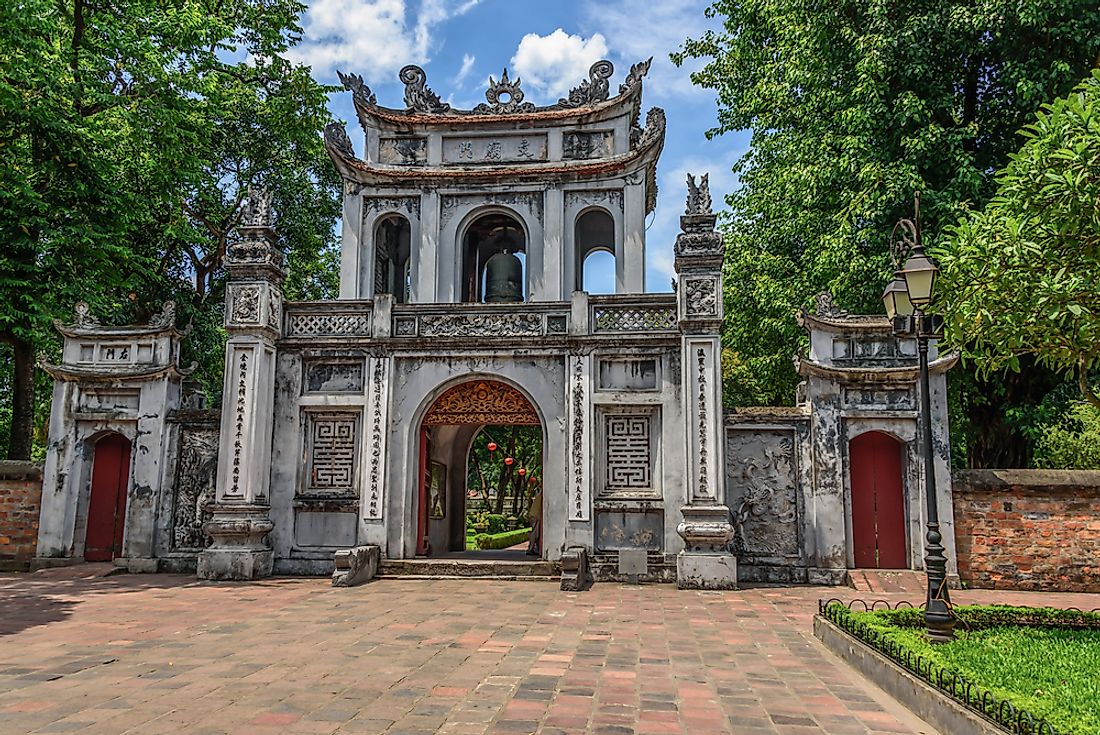
Vietnam is the sole Southeast Asian nation with its indigenous religion as the dominant belief system. About 45.3% of the inhabitants of the state adhere to the beliefs of the ethnic religion. Numerous similarities have been pointed out between Vietnamese folk religion and the southern Chinese folk religion. Vietnam's ethnic religion is often identified with Confucianism as it features values that were promoted by Confucius. The religion is characterized by a group of local worship traditions venerating the thần, a word that can be taken to mean "spirits" or "gods.
Development of the Religion
The period between 1945 to 1980s was characterized by the suppression of the Vietnamese folk region. The temples in Northern Vietnam especially underwent extensive damage and neglect in the course of the land reform from 1953 to 1955 and in the period of collectivization between 1975 to 1986 in a reunified Vietnam. The cultural destruction prompted criticism and debate in the 1960s. The climax of the anti-religion campaigns, as well as the devastation of the temples, occurred in 1975 to 1979. The country committed itself to a policy of preservation of the religious culture from 1985, and the religion is celebrated as an element of the country's identity. The state and the local population enjoy a dialogical and flexible relationship in the journey towards religion renewal, and the two actors play an important part in the recent revival of the religion.
Deities of the Vietnamese Folk Religion
Vietnamese gods can be grouped into four categories. Heavenly gods, for instance thiên thần, and nature gods, like nhién thần, are associated with natural phenomena including oceans, lightning, trees, grottoes, rocks, and rain, and also with the regenerative or generative powers of a locality or of the cosmos. Deified ancestors or tutelary gods represent the gods installed by Chinese or Vietnamese rulers or those consecrated by villagers including founding patriarchs and founding figures of arts and crafts. This group can also feature impure spirits. Various court-like or hierarchical pantheons passed down from the Taoist patterns and headed by the Heavenly Emperors in addition to the immortals, and the holy sages form a separate category. Another category is the deities of Khmer and Cham as well as other Southeast Asian native origin.
Forms and Places of Worship
The concept of self-cultivation is prominent in the religion. The self-empowering action is expressed in several Vietnamese words including tu which means "to correct." The process of self-cultivation knits together a person and the social scene in an orientation of both action and discourse. Vietnamese temples go by the name miếu which translates to temple in the Vietnamese language. Miếu temples host the "primary worship" of a deity in the northern regions, and they are often built in secluded areas while other temples are constructed in proximity to habitation areas for "secondary worship." The two categories often blur in the southern territories. Nhà thờ họ are found in middle and northern Vietnam as family shrines equivalent to the ancestral shrines present in China.
Distinct Branches of the Vietnamese Folk Religion
Caodaism was formally created in 1926 in the southern Vietnamese city of Tây Ninh. Adherents of Caodaism venerate a deity called Cao Ɖài which translates to Highest Power or Highest Lord, and is the equivalent of the Jade Emperor attributed with the creation of the universe. The veneration of Cao Ɖài is undertaken in the main temple, and Caodaists worship the Mother Goddess too. The Left Eye of God represents the symbol of the tradition's faith, and it signifies the masculine actions of the male creator balanced by the yin actions of the feminine. Another religious tradition is Ɖao Bửu Son Ký Hurong which contains Buddhist elements. It was promoted by the mystic Ɖoàn Minh Huyên. The religion's name represents the Thầt Son range situated on the Vietnamese-Cambodian border, and it is where Huyên identified as a living Buddha. Huyên was rumored to possess supernatural powers to heal the sick and the insane during an 1849 cholera epidemic.
The tradition has about 15,000 adherents residing in provinces such as Bến Tre, An Giang, and Long An. Ɖao Mẫu translates to Way of the Mother, and it features the worship of the Mother Goddess called the Mẫu in addition to the various mother goddesses making up a central part of Vietnamese folk religion. The tradition was promoted in North Vietnam in the 1970s and then in the unified country. It consists its priesthood, rituals, and temples. The Jade Emperor is regarded as the originating god, although he is rarely worshipped. The supreme goddess is named Thánh Mẫu Liễu Hanh. The Ɖao Hiề Nghĩa tradition was established in the 1880s and has about 80,000 adherents residing in southern Vietnam, particularly in Tri Tôn District. The Minh Ɖao consists of five religions that share Tiên Thiên Ɖao roots with Caodaism. The religion's name translates to the "Way of Light." The five religions spread in the southern part of Vietnam in the 19th and 20th centuries. The Queen Mother of the West and the Jade Emperor serve as the primary deities.
Confucianism and Taoism
The Vietnamese folk religion has Confucian elements, and it is often considered as Confucianism. The Temples of Literature are used for the veneration of Confucius, and they served as academies during the Imperial dynasties time. The introduction of Taoism in the country is traced back to the first Chinese domination of Vietnam. The Vietnamese folk religion has adopted elements of Taoism's doctrines. Taoist influence is also visible in the Ɖao Mẫu and Caodaist belief systems.
Practices of the Vietnamese Folk Religion
Adherents of the Vietnamese folk religion carry out numerous practices in observance of their faith. One of these practices is the ritual of ‘len dong' meaning "to go into a trance" or "to mount the medium." Practitioners of this ritual become mediums for different deities who possess their bodies and execute actions in the human world. The main ritual may stretch for seven hours through which a practitioner incarnates a series of various spirits and deities and which changes into a different set of clothes for every incarnation. After the deity has possessed the body of the practitioner, one may stage a dance or try some dangerous stunts including walking on embers. The process also includes singers who use invocation songs to trigger a trance in the ritualist. The audience approaches the possessed practitioner after the dance and makes offerings and petitions to the deity.





